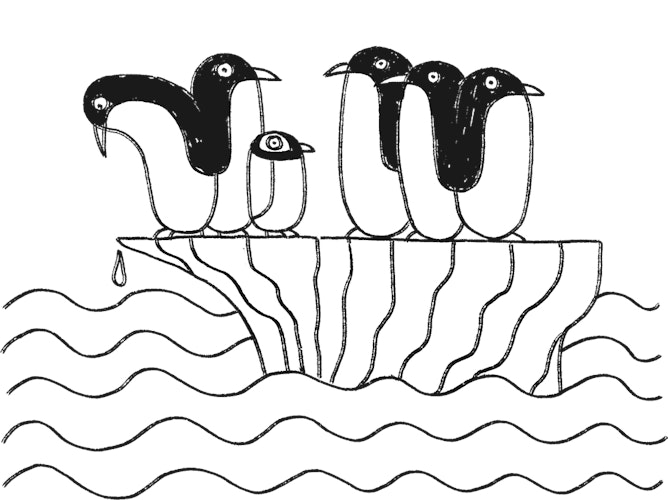Crash 2030
Directed by
“Only when we see the past do we have a premonition of what we lose in the present”. In the year 2030, forests, snow-covered mountains and beautiful Alpine valleys can only be seen as computer simulations. Since the climate catastrophe, reality has changed a lot. Using modern animation techniques, the film Crash 2030 shows dead forests from the Alps to the North Sea, steppes where there used to be rich fertile land. In the mountains, landslides and falling rocks make entire valleys uninhabitable. The towns of Garmisch and Mittenwald are destroyed by terrible floods and an enormous mass of mud flows over everything. Winter sports have long been impassable due to a lack of snow. The central government of a United Europe sends billions to the impoverished coastal regions of Greece, Italy and Spain. For the north, plagued by storms and floods, there is no more money. In the big cities, the gap between rich and poor grows ever wider. Berlin becomes the centre of anti-European movements. Those who can afford it take refuge in artificial worlds, air-conditioned oases. In summer the Rhine and Danube dry up, in spring the valleys are flooded with water and every year the flooding gets worse. The island of Sylt has been submerged by the North Sea and can only be visited by tourist submarines.
What is so terrifying about Crash 2030 is its direct comparison between the current situation and its distorted state in the near future. The image and the main idea remain the same, but the landscape is completely different. Crash 2030 is a visionary look at a possible future scenario, which appears more realistic year after year. The film is based on predictions and scientific data compiled using information available in March 1994.
From the series: Humans and the Environment distributed by the Goethe Institut.








